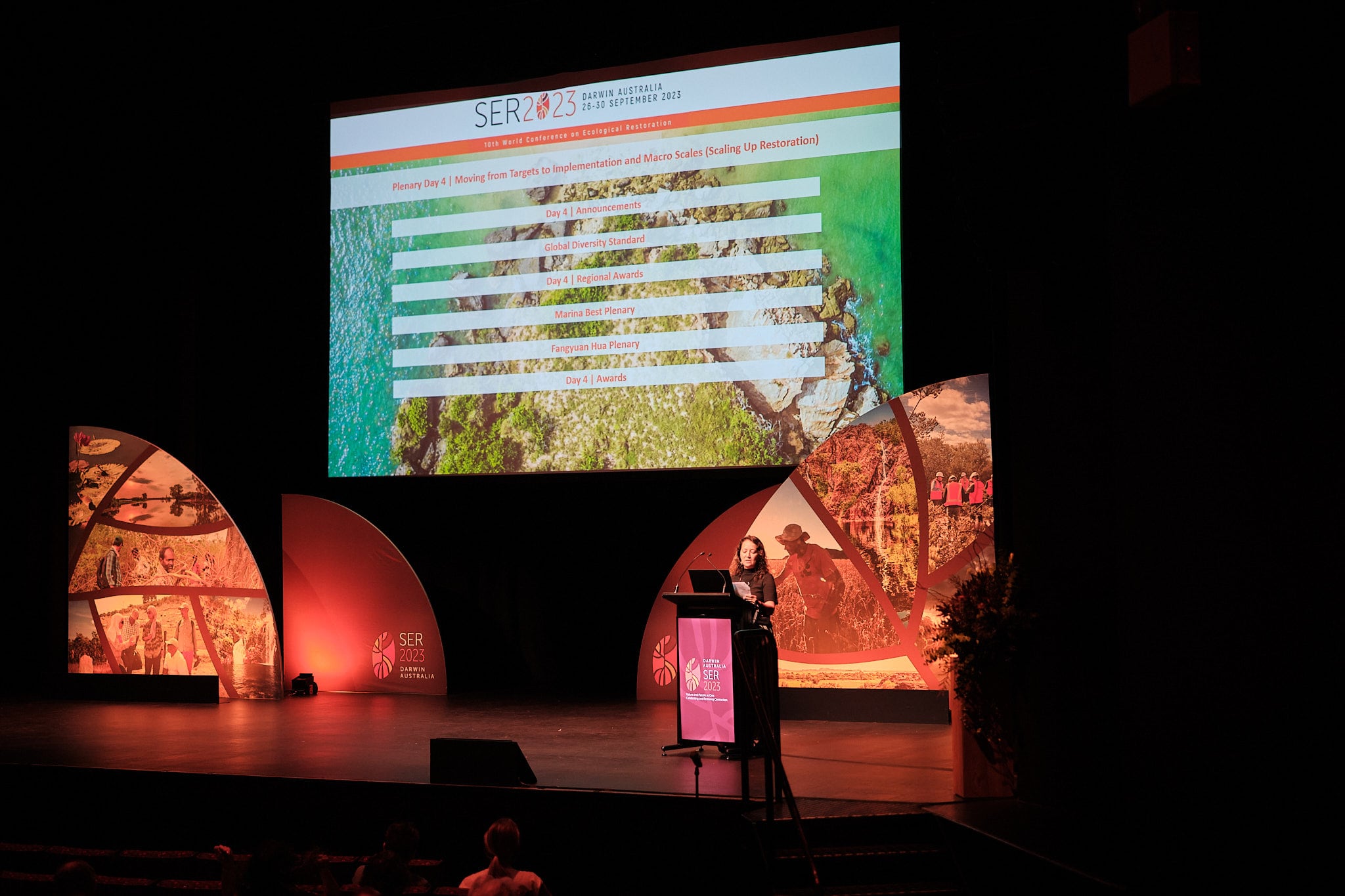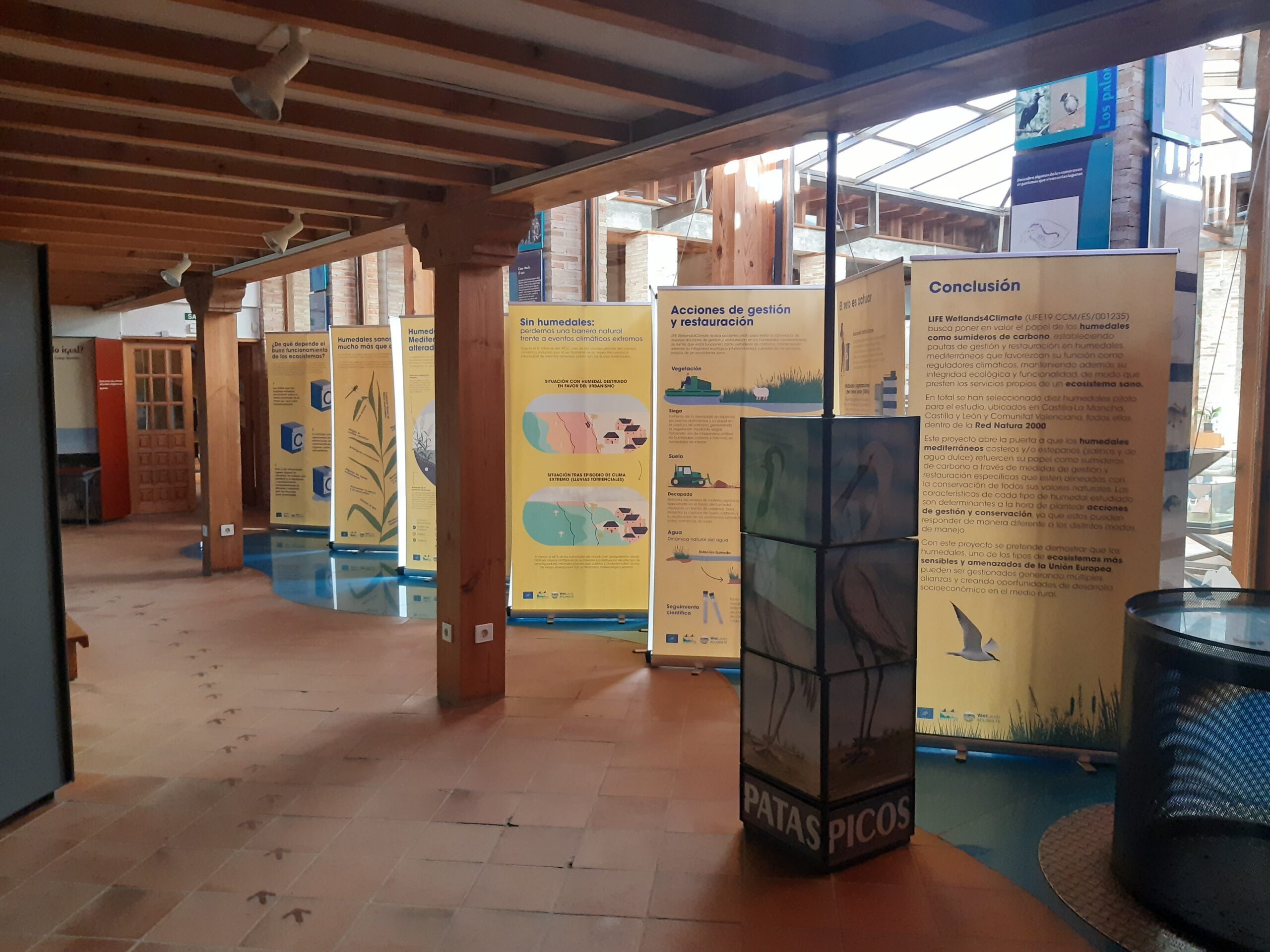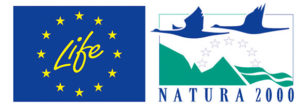Researchers at the Cavanilles Institute of Biodiversity and Evolutionary Biology of the University of Valencia, in collaboration with the University of Castilla La Mancha, have improved existing genetic programming (GP) algorithms to analyse water fluctuations in Mediterranean wetlands of the Iberian Peninsula. In an article published in the journal Remote Sensing, they have shown that this method improves on existing water mapping techniques, especially for shallow temporary lakes and wetlands such as those in the Mediterranean.

Genetic programming is a methodology inspired by biological evolution and natural selection to automatically develop programs or algorithms that perform, by computation, a user-defined task. This is not the first time these techniques have been used to analyse hydrological changes. A study by researcher Carolina Doña – who is also the author of this article – developed GP algorithms, which significantly improved the techniques used to date when studying fluctuating systems, such as Mediterranean wetlands. Doña’s research, published in 2016, analysed Landsat satellite images and selected, using GP techniques, the algorithms best suited to different types of Mediterranean wetlands.
The recent study has now validated the GP algorithm and analysed all major wetland types in the Mediterranean basin of the Iberian Peninsula, although these techniques can also be used to analyse all Mediterranean regions worldwide. “This alternative methodology greatly improves water forecasts and reconstructions, which greatly reduces errors,” explains Antonio Camacho, professor of Ecology at the University of Valencia and one of the researchers on the article. This would greatly improve the possibilities of using remote sensing methods to establish the water coverage and water pattern of Mediterranean aquatic systems, fundamental ecological characteristics for these types of ecosystems.
In addition, the research has been validated with the new generation of European satellites, specifically with images from the Sentinel-2A and 2B satellites, which has improved the temporal and spatial resolution. As Camacho comments, equivalences have been made between the algorithms, now developed for Sentinel, to see in which systems the algorithm has been better adapted and in which it has not. “For some it is not quite adequate and that is why we have to continue working, but in any case they are always much better than the methodologies that existed until now,” the professor explains.
Wetlands as climate allies
The analysis of wetlands as carbon sinks and reducers of greenhouse gases (GHG) in the atmosphere is vital for climate change mitigation. Since the new methodology validated in the recent paper measures water covers and their temporal evolution, it can assess the availability of water resources and reveal the natural functioning of aquatic ecosystems, and relate them to their climate mitigation capacity.
“The study of wetlands and their effects on climate change are largely determined by the hydrological pattern, so the validation of the GP algorithm covers part of the methodological needs to reveal the role of wetlands in combating the climate emergency,” explains Camacho, who is leading research in the LIFE Wetlands4Climate and CLIMAWET-CONS projects to help achieve climate neutrality by 2050 using nature-based solutions.
Art.: Doña, C.; Morant, D.; Picazo, A.; Rochera, C.; Sánchez, J.M.; Camacho, A. «Estimation of Water Coverage in Permanent and Temporary Shallow Lakes and Wetlands by Combining Remote Sensing Techniques and Genetic Programming. Application to the Mediterranean Basin of the Iberian Peninsula». Remote Sens. 2021, 13, 652. https://doi.org/10.3390/rs13040652
NOTA DE PRENSA
Fuente: Universitat de València. Unidad de cultura científica y de la innovación




